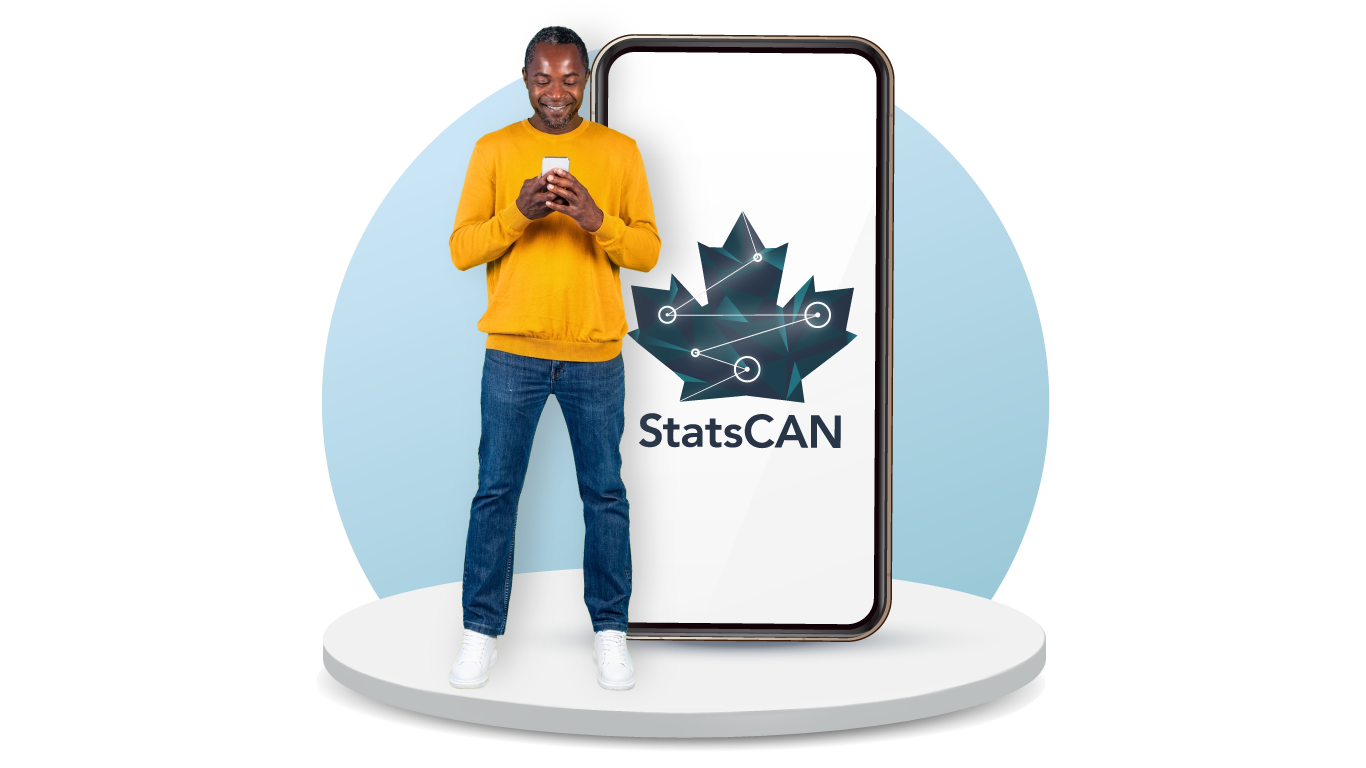
Ethnocultural and religious diversity is an important part of Canada’s beauty. Each person has a unique set of characteristics, and we all contribute to shaping the diverse landscape of the country.
As the second part of our Let’s get local series, we’re exploring ethnocultural and religious diversity in Canada, using the Municipal Diversity Dashboard.
The 2021 Census of Population counted more than 450 ethnic and cultural origins, 200 places of birth, 100 religions and 450 languages in Canada.
Using 2021 Census data, the Municipal Diversity Dashboard makes it easy to check out the latest data for several diversity indicators, such as ethnic or cultural origin, place of birth for immigrants, knowledge of official languages, and highest level of education by visible minority status.
Did you know that the city of Toronto, Ontario, is often referred to as the most multicultural city in the world?
We used the dashboard to explore some of Toronto’s ethnocultural diversity statistics. Toronto was Canada’s most populated city, with a total population of 2.76 million people in 2021. Toronto’s total visible minority population was 1.54 million people, accounting for 55.7% of the city’s total population. By comparison, the percentage of the city’s non-visible minority population was 44.3% (or 1.22 million people). The visible minority population in the city of Toronto accounts for more than one-quarter of Ontario’s total visible minority population (4.82 million people).
We can also easily compare Toronto’s visible minority population with that of other cities in Canada. For example, Canada’s second-most populated city in 2021 was Montréal, Quebec, at 1.72 million people. When comparing the city of Toronto with Montréal, we found that Toronto’s visible minority population was more than twice that of Montréal (0.67 million people). The visible minority population in the city of Montréal accounted for half of Quebec’s total visible minority population (1.34 million people).
When comparing capital cities across all 10 provinces, we found that Toronto (55.7%) Vancouver, British Columbia (54.5%), and Calgary, Alberta (41.4%), had the largest visible minority populations. By comparison, the capital cities with the smallest visible minority populations were St. John’s, Newfoundland (10.1%), Fredericton, New Brunswick (14.0%), and Halifax, Nova Scotia (16.8%).
Among Canada’s three territories, Yellowknife, Northwest Territories (20.0%), was the capital with the largest visible minority population, followed by Whitehorse, Yukon (16.8%), and Iqaluit, Nunavut (12.4%).
The visible minority population in municipalities across Canada is just one of several diversity indicators featured on this dashboard that help us paint a picture of the unique characteristics of select municipalities.
To explore your own municipality or any other municipality that interests you, check out the Municipal Diversity Dashboard.
Read the first article of the Let’s get local series, where we explored the Municipal Quality of Life Dashboard: Let’s get local: Exploring the Municipal Quality of Life Dashboard.

StatsCAN app
Did you know you can read StatsCAN Plus articles and more on the StatsCAN app? If you’re already using the app, let us know what you think by leaving a review in the App Store and Google Play.
Contact information
For more information, contact the Statistical Information Service (toll-free 1-800-263-1136; 514-283-8300; infostats@statcan.gc.ca) or Media Relations (statcan.mediahotline-ligneinfomedias.statcan@statcan.gc.ca).
